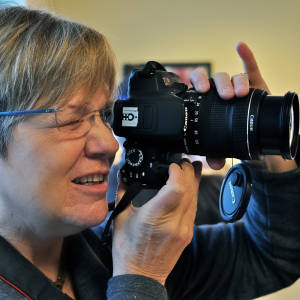Anser Geeze Blind Bay WA
It took me a bit to figure out what these beautiful geese were...but this article on the web had a great explanation about Anser Geese....
Some say you can’t judge a book by its cover, but when it comes to geese, you can judge a lot by its beak. Of the three genera of true geese—Anser, Branta and Chen—geese belonging to the Anser genus typically have an orange beak, which is sometimes speckled with black.
Anser Characteristics
Ansers are known as as gray geese, though coloration can also include buff, brown, and a wide variety of patterns, as well as some white variations in domestic breeds. While some members of the Anser genus can tend toward black bills, the birds will have orange legs and feet, setting them apart from the other two genera. Black bills and legs are characteristics of the Branta genus, and the Chen genus is known for white heads and black wingtips with dark pink beaks.
Domestic Anser Breeds
Most domestic geese belong to the Anser genus. The Chinese goose is a barnyard favorite of this genus, with a swanlike neck rising from a compact body. Chinese are known as the most prolific layers among geese, often laying an egg every few days from February through November. A bump at the base of the orange bill is more pronounced in males and gives this breed a distinct appearance. Other popular geese in this order include Toulouse, African gray, pilgrim and Emden.
Wild Anser Geese
Wild geese of the Anser genus tend toward colors of barred gray or brown with white accents, and orange legs and beaks. The greater white-fronted goose claims one of the largest ranges of any goose species in the world. In North America it lives in wetlands and agricultural fields west of the Mississippi River. The wild ancestor of most domestic breeds is the graylag goose, found throughout Europe. One of the darkest-colored members of this genus is the bean goose, which resides in Scandanavia, northern Asia and Russia.
Color-Changing Ansers
Some geese born with orange beaks will gradually morph into adults with greenish-gray beaks. One example of this is the pilgrim goose, a member of the Anser genus. Male geese are born with bright orange beaks, whereas females will have a brown beak. As both sexes mature, males grow white feathers and keep the orange beak. Females will grow dark-gray feathering, with the bill changing to orange. As the female ages, her beak will take on a greenish cast.
For more photos from today, visit my Flickr page!

Comments
Sign in or get an account to comment.


